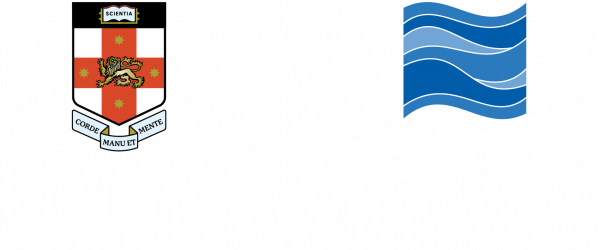Australians are coastal people with more than 85% living within 50 kms of the coastline (and within an estuarine catchment). As such, tidal rivers (or estuaries) are an integral way of our life. However, these systems are facing a rapidly changing climate, matched with major population increases and an uncertain future.
Our multi-disciplinary research team is addressing this issue by understanding the critical concerns and developing novel solutions. Our aim is to work with others to solve the most pressing questions and management issues related to climate change in our estuaries.
This website details our current research on estuaries and climate change and provides an easy to read multi-report guideline explaining the current ‘state of the science’ for estuaries and climate change.
The video below highlights our motivation and background for this project.
Risk assessment guide
There are 3 major reasons why estuaries and the ecosystems they support are particularly vulnerable to climate change:
1: Double whammy impacts
Estuaries are at the interface between coastal rivers and the ocean; this means they are impacted by climate change from upland catchments (rainfall, heat) and oceanic (sea level rise, temperature, pH, etc) shifts.
2: Vulnerable eco-hydrology
Due to their unique hydrologic setting, which often includes shallow, protected, dynamic and nutrient rich brackish waters, estuaries are one of the most productive ecosystems on earth.
3: Increasing pressures
Many estuaries are already facing increasing development and population stresses as coastal populations grow, resources are depleted, nutrients increase and flow regimes change. When combined with climate change impacts, these pressures can result in ecological tipping points, drainage declines and forced changes to adjoining land-sue.
Assessing the impacts and effect of climate change in estuaries is complex. To help estuarine managers and coastal communities navigate this complexity we have developed a multi-report guideline that details climate change, it’s role in estuaries, existing trends/pressures and the potential impacts. Titled “Climate change in estuaries: State of the science & guidelines for assessment” this report and database is freely available online. The guide provides a summary of the relevant climate, ocean and ecosystem science along with best-practice frameworks for prioritising risks.
This research was undertaken in collaboration with scientists at the NSW Office of Environment and Heritage (OEH) and Macquarie University. The research was funded via the NSW Government’s Adaptation Research Hub’s Coastal Processes and Response Node led by the Sydney Institute of Marine Science.
Click here to access the guide.
Learn from the experts
Understanding the various and often complex impacts of climate change in estuaries isn’t easy. To get started, we have provided introductory videos where leading estuarine researchers provide answers to the most important questions regarding climate change and our estuaries.

